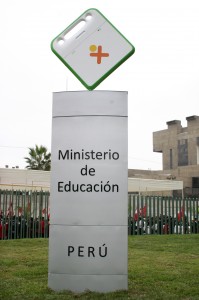The XO-3 design work is coming along, still scheduled for the end of next year. Â The screen will be one of the latest Pixel Qi models. Â They will run Linux, though what flavor is still under investigation; followers of C. Scott’s blog can read the full details there. Â And like the XO-1.75, they will use an ARM chip.
In an IDG interview, Nicholas notes that design discussions about how to implement solar and satellite connectivity continue. Â Meanwhile, those interested in working on software for the XO-3 are invited to get involved in XO-1.75 hacking this summer.
Contributors program versions of the beta-test boards will be available soon.

